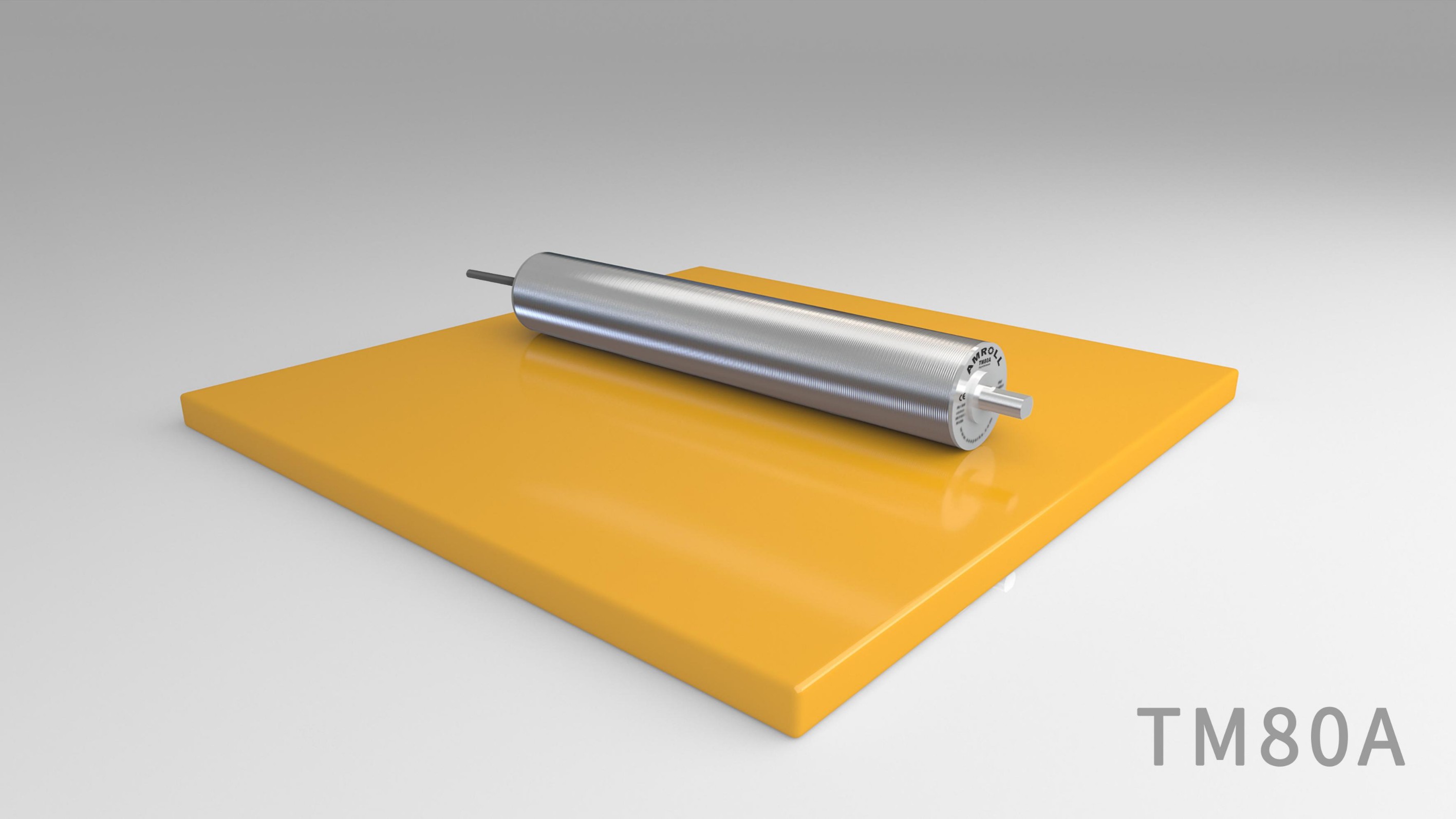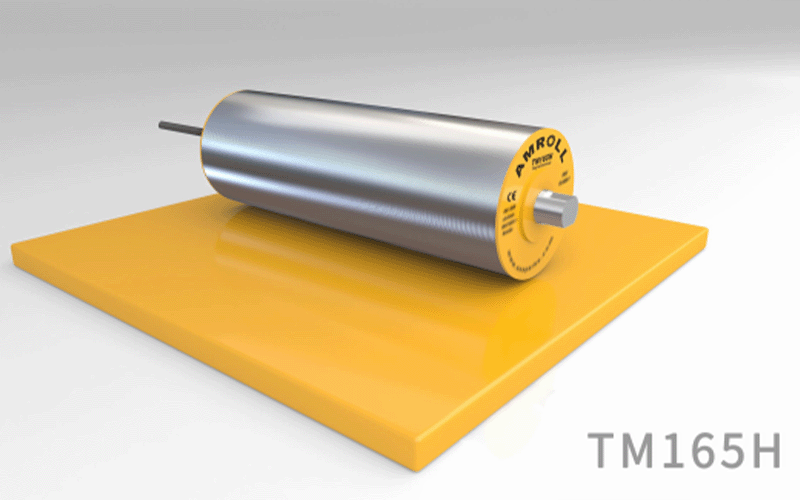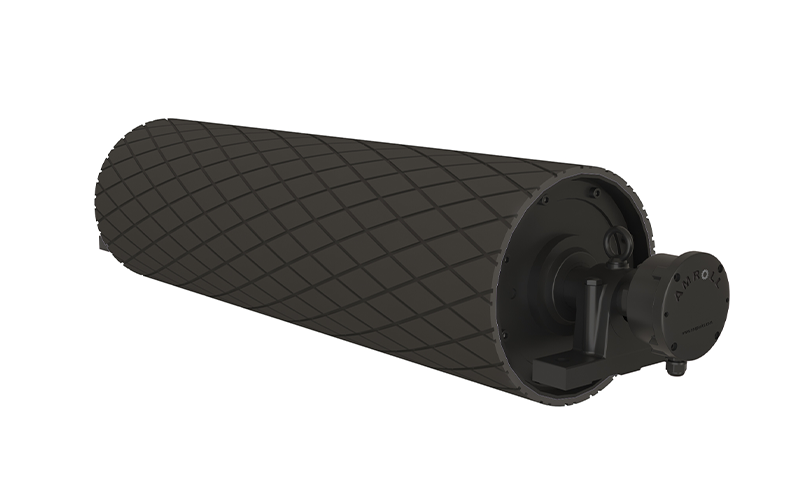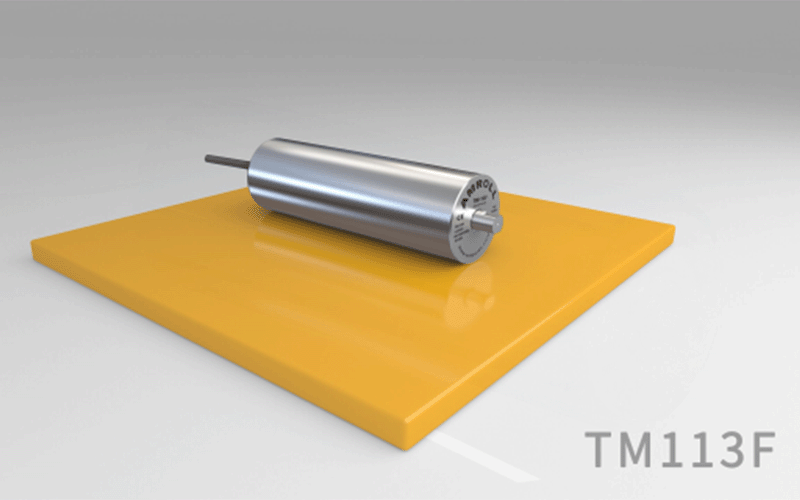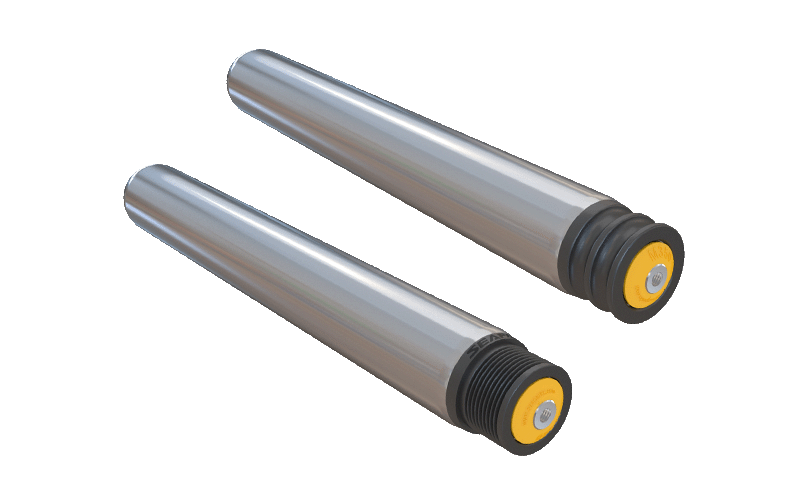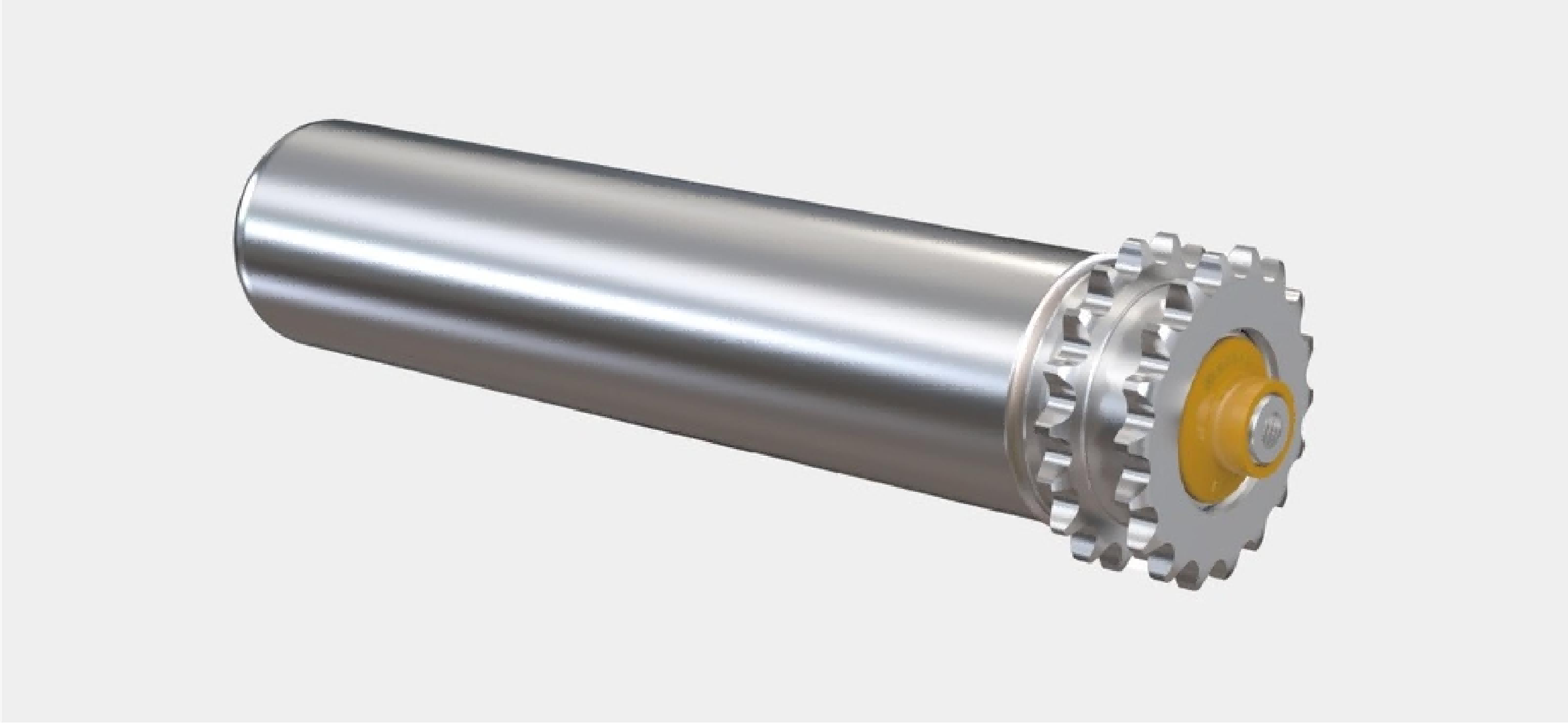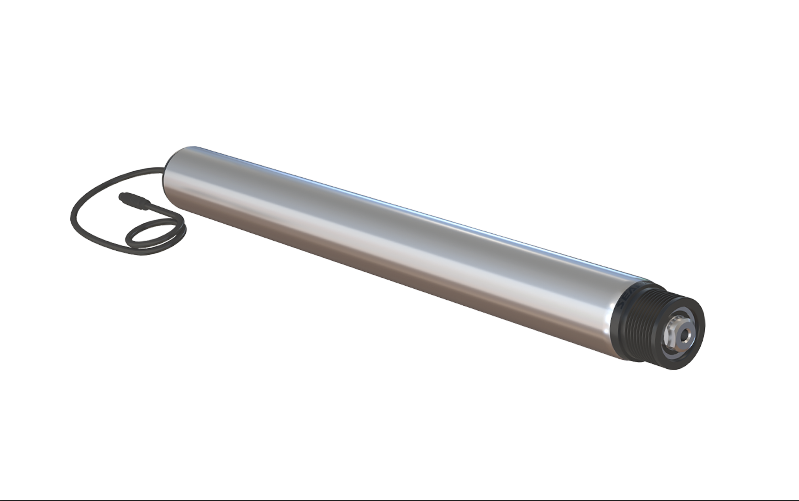The era of automation in the pharmaceutical logistics industry.
The pharmaceutical logistics industry is not merely about the procurement, sales, and storage of medicines or their distribution. It relies on specific logistics equipment, technology, and logistics management information systems to effectively integrate upstream and downstream resources in the marketing channels.

By optimizing processes such as acceptance, storage, sorting, and distribution in the pharmaceutical supply and distribution chain, it enhances order processing capabilities, reduces errors in goods sorting, shortens inventory and delivery times, decreases logistics costs, improves service levels and capital utilization efficiency, and achieves automation, informatization, and efficiency.
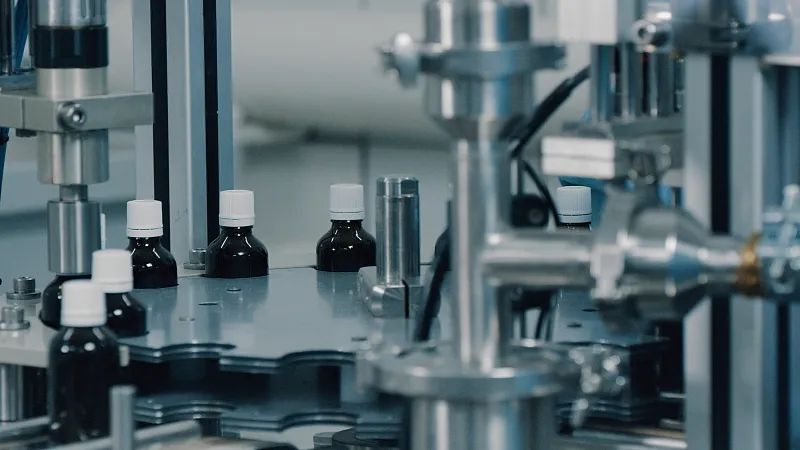
Improving operational processes is essential, considering the high labor costs involved.
In pharmaceutical logistics, various specifications and types of equipment are deployed based on warehouse requirements. To meet the diverse business needs across different scenarios, pharmaceutical logistics distribution centers require a more diversified range of sorting and conveying functions. To save on operational costs and reduce the demand for personnel, there is a need to enhance the overall automation level of sorting and conveying in pharmaceutical distribution centers.
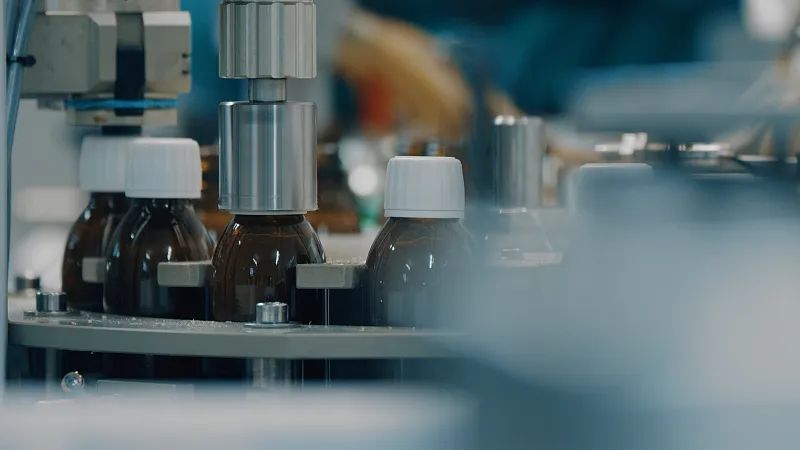
Issues such as low warehouse utilization rates, inefficient picking and transportation efficiency, and rigid operational processes have disrupted traditional medical warehousing operations models.
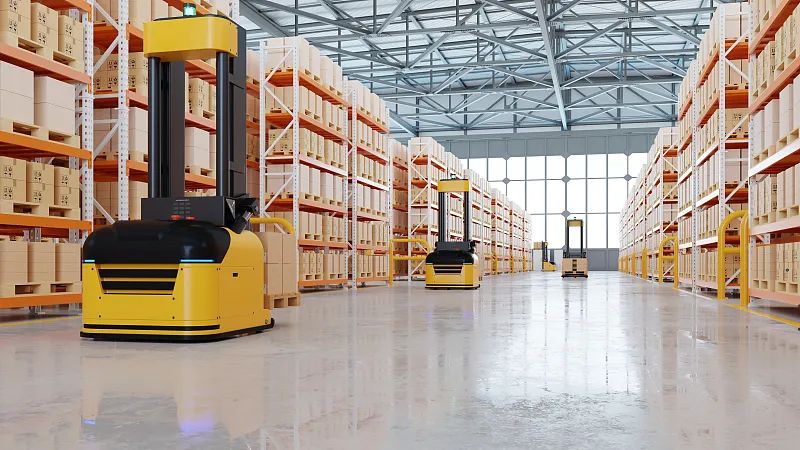
The demand for sorting and conveying equipment
Due to the specific nature of pharmaceuticals, zoning storage is required, leading to differences in speed and form among all devices in the entire logistics center, which imposes higher requirements on the conveying and sorting equipment linked by various subsystems. Different specifications and types of conveying equipment will be equipped according to the needs of the warehouse.
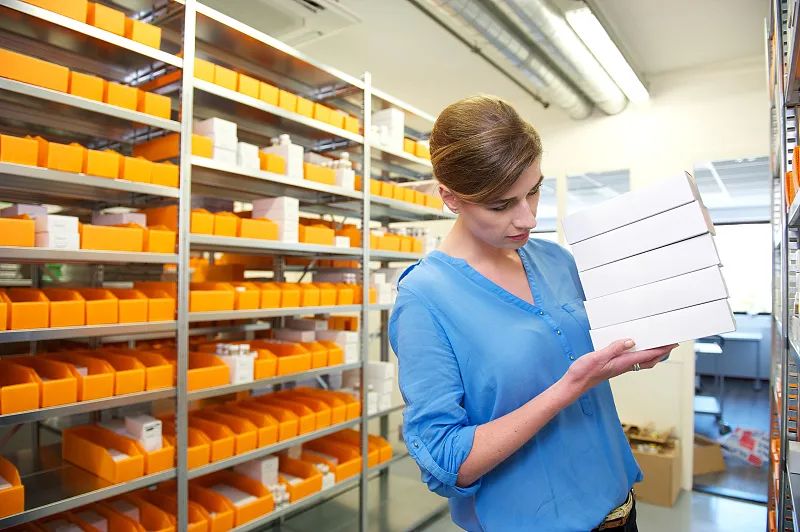
Any part of the conveying equipment should not have burrs or sharp corners that could easily cause scratches or damage to personnel and drugs. The interfaces and connections of equipment components should be smooth and flat, and burrs should be removed from the edges and corners, while weld seams should be polished smooth.
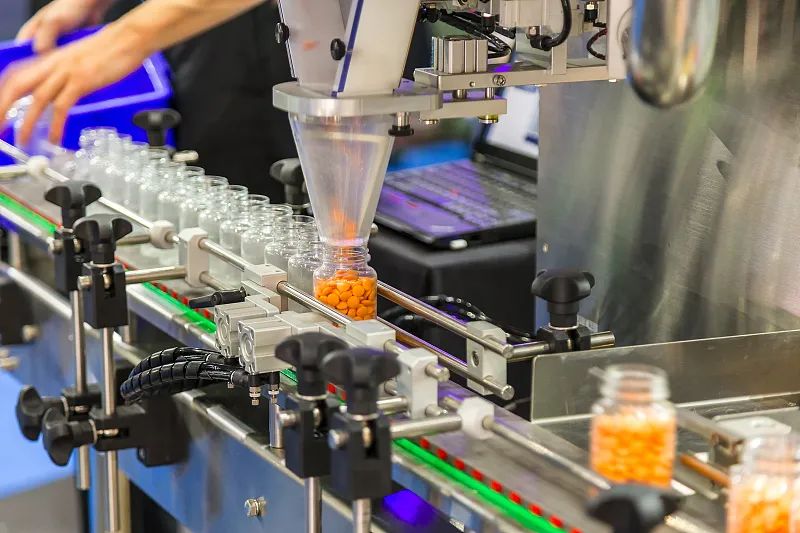
Seaparks electric rollers adopt food-grade stainless steel for the drum body and feature double-sealed designs at the shaft ends to ensure safety and hygiene requirements.
Seaparks electric roller conveying equipment directly transfers power from the motor to the surface of the roller, significantly reducing the transmission process, improving the efficiency of the motor, saving energy consumption, and allowing sorting and conveying to operate for extended periods.
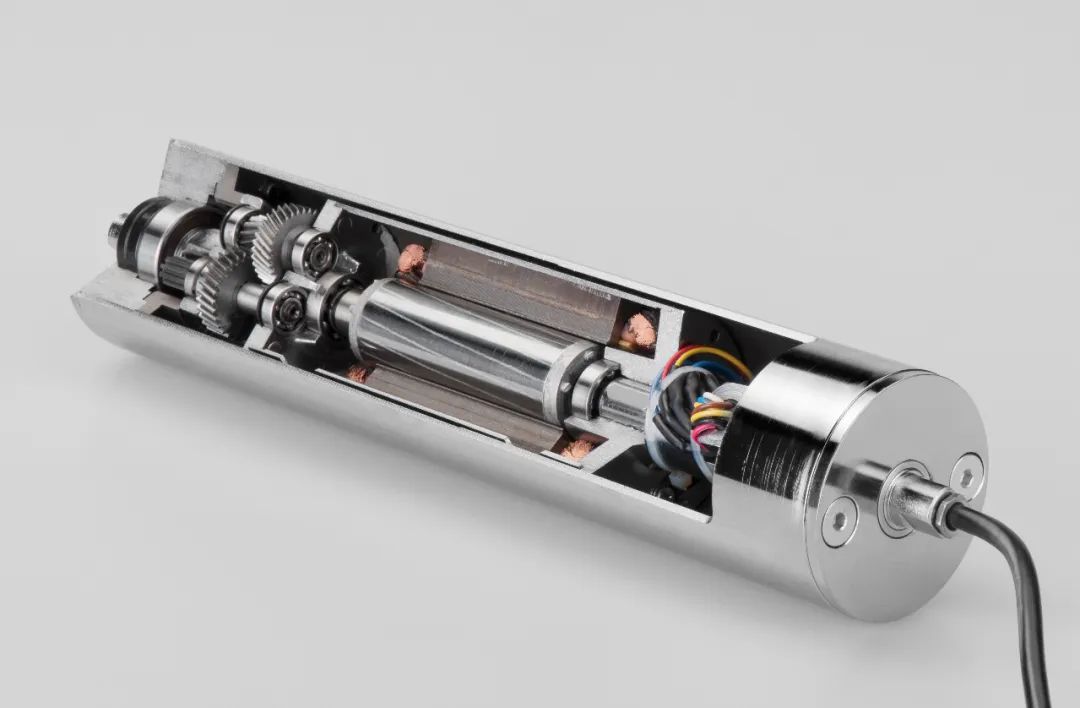
Tianjin Seaparks Electromechanical Co., Ltd., established in 2002, has long adhered to technological innovation in electric roller manufacturing, focusing greatly on product consistency and manufacturing details. Through the combination of powerful high-end imported processing equipment, it produces electric rollers with low cost and world-class quality, providing customers with excellent product experiences.

